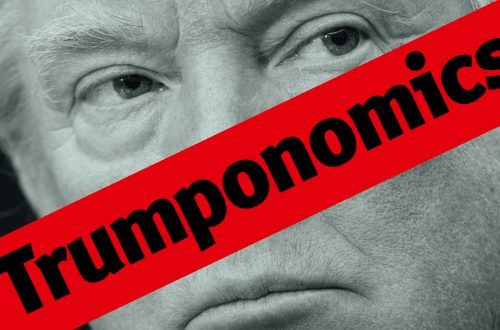Is a J-curve a useful way of understanding the world?
Writing in The Washington Post, and in a new book, Ian Bremmer posits that every country can be plotted at some point on the curve.
Imagine a graph that charts a country’s stability on the vertical axis and its openness (both within the country and to the world) on the horizontal one. If each nation appears as a point on the graph, the resulting pattern looks very much like the letter J. Nations higher on the graph are more stable; those lower are less stable. Nations to the right of the dip in the J are more open; those to the left are less open. This simple J curve captures many of the dilemmas inherent in global politics today.
Bremmer emphasizes that movement from the left side of the J to the right is hardly inevitable, and that stable and closed states which become more open and unstable can easily slide backward rather than advancing to openness and stability– which is what happened to Russia after the collapse of the Soviet Union.
Of course the fate of Iraq– more open than under Saddam Hussein but at a low point in stability– remains to be decided.
Bremmer suggests that efforts to isolate regimes like those in North Korea and Iran actually strengthen those regimes, which depend on isolation to survive. The more isolated they are, the more likely they are to stay ensconced on the left side of the J.
Is Bremmer being overly simplistic? Or is he on to something?
(Suggestion: Read the whole article before commenting.)


